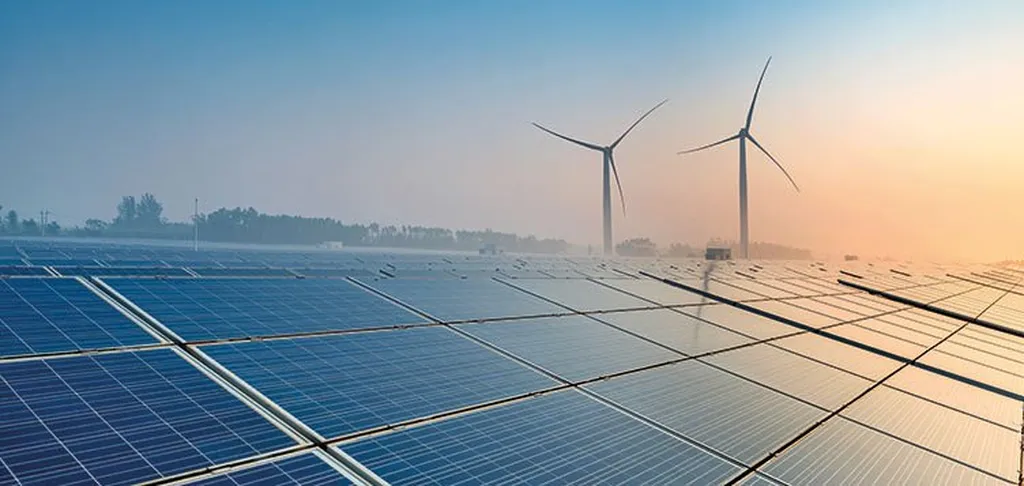In a significant stride towards sustainable energy and water production, researchers have developed a hybrid solar-wind power generation system coupled with desalination, offering a promising solution for tropical regions. The study, led by Seyed Taher Kermani Alghorayshi from the Department of Renewable Energy Engineering at the University of Isfahan, Iran, presents a multi-generation system that not only produces electricity but also generates potable water and cold energy, all while minimizing environmental impact.
The system, detailed in the journal *Case Studies in Thermal Engineering*, combines solar and wind energy to generate 52.14 MW of electricity, 1199 cubic meters per hour of potable water, and 11.3 MW of cold energy. A crystallizer process further treats the saline wastewater, reducing its salinity to just 2.6% before it is discharged into the sea. This innovation addresses the critical issue of pollution caused by the return of saline wastewater to the ocean, a common practice in many desalination processes.
“Our goal was to create a system that is not only energy-efficient but also environmentally friendly,” said Alghorayshi. “The integration of solar and wind energy with desalination and salt production processes offers a sustainable solution that can be replicated in other tropical regions.”
The study conducted a comprehensive analysis of the system’s energy, exergy, environmental, and economic aspects. The results are impressive: the process achieves 57% energy efficiency and 50.1% exergy efficiency. The desalination efficiency stands at 40%, with a gain output ratio (GOR) of 10.43 and a coefficient of performance (COP) for cold production of 0.37. Economically, the system shows a return on investment in just 4.2 years, with the solar tower representing the largest capital expenditure.
One of the most notable aspects of this research is its environmental impact. The life cycle assessment (LCA) analysis confirms that the process is environmentally friendly, preventing and avoiding environmental damage. The use of a crystallizer in the salt production process further ensures that the discharged wastewater has minimal salinity, thereby protecting marine ecosystems.
The implications of this research for the energy sector are profound. The hybrid multi-generation system offers a sustainable and efficient solution for regions with abundant solar and wind resources. By integrating renewable energy sources with desalination and salt production, the system not only addresses the growing demand for freshwater but also provides a reliable source of electricity and cold energy.
“This research demonstrates the potential of integrating renewable energy sources with desalination technologies,” said Alghorayshi. “It paves the way for future developments in the field, offering a blueprint for sustainable energy and water production.”
As the world continues to grapple with the challenges of climate change and water scarcity, innovations like this hybrid solar-wind power generation system coupled with desalination offer a beacon of hope. By harnessing the power of renewable resources and minimizing environmental impact, this research sets a new standard for sustainable energy and water production.

